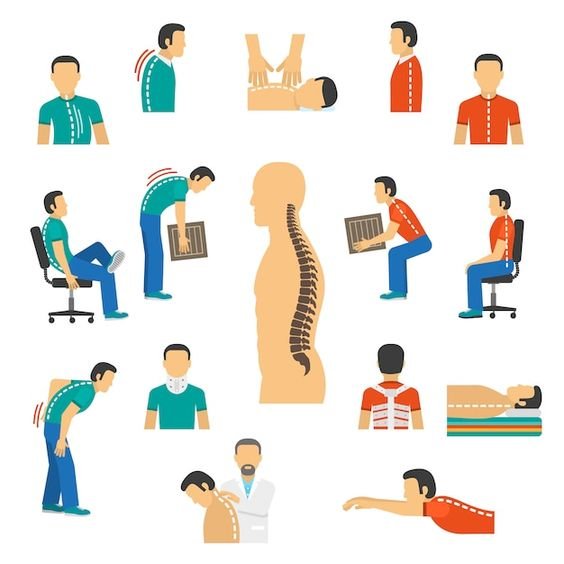
– Composed by Rebecca Bourhill, and Edited Glenn Nangaku Leisching
Introduction
What are body mechanics?
Body mechanics is how we use and hold our bodies in our day-to-day lives. In technical terms, good body mechanics means using the body’s strength to the best mechanical advantage to do a task efficiently and without injury. Sometimes, this involves manipulating the way in which a task is done.
Body mechanics are utilized in day-to-day tasks from sitting, standing, lifting, carrying, bending, sleeping, and so on. The body-mind connection causes our body mechanics to effect our mind and our emotions. The aspect of compensation falls into this category too. Meaning, if there is any form of incorrect compensation (either physically, emotionally, or mentally) while doing an activity, we can throw out our entire body’s balance and the result is pain. This will be explored in section three. The most common form of pain, when one has poor body mechanics/ incorrect compensation, is back and neck pain. Back muscles are used in nearly all movements and even a slight abnormal stress on a muscle can pull the spine out of alignment.
Posture and its relation to body mechanics
Initially, it is easy to think that ‘posture’ is the same as body mechanics, however, this is not the case.
Good posture is essential to maintain a sense of body mechanics that prevent injury.
The key that separates them is that body mechanics is more functional and movement-based explaining how parts of the body work together to promote smooth movement – a mechanical process. By moving naturally you can prevent stress and strain on the muscles and skeleton.
Posture is a more stationary position during moments of stillness. One can say, body mechanics is how one moves within a posture – the interplay between stillness and flow.
For posture and mechanics, or stillness and flow to work together, two elements come into play that underpin both mechanics and posture – alignment and one’s center of gravity.
Alignment is how different areas of the body, head, shoulders, spine, hips, knees and ankles relate and line up with each other to form your bodies center of gravity.
This is the point where your body’s weight is equally distributed/ balanced in all directions. Unaligned, both posture and body mechanics will be adversely affected because your body will not be in equilibrium around center of gravity causing overcompensation and consequently overstrain and pain.
It is important to remember that in each position that you maneuver into, whether a small movement or bigger, a new center of gravity is created. Posture and effective body mechanics assist in maintaining this center of gravity.
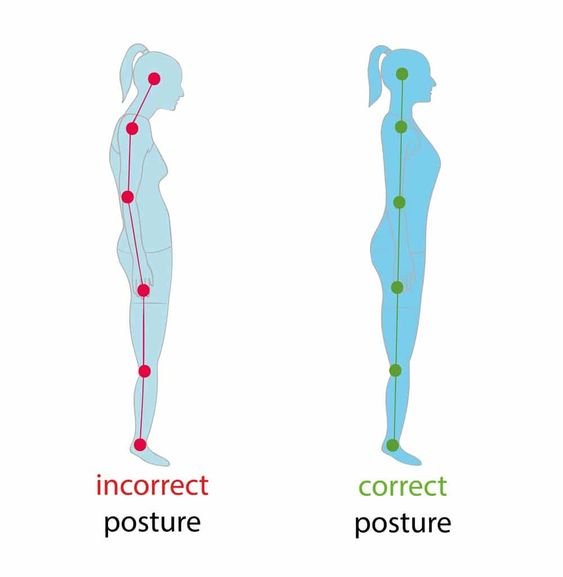
Pain as a signal that the body is out of balance
We all know that pain is unpleasant. What if we consider pain to be a measure of misalignment that the body is experiencing? It informs a person to move from being off kilter to a place of homeostasis and balance. Pain signals that something is not naturally compensating as a result of strain. Pain is trapped, strained energy that needs to be released. It is a message to say you are not in the correct posture alignment – that you are off center the movement you are doing which is causing stress on the body as a result of unnatural compensation.
Pain has the ability to capture our attention which makes it a powerful protective force. It warns us that our body needs protection and healing. If it is overlooked and the necessary, effective compensation or adaptions made, a discomfort or acute injury can turn into a more chronic, persistent pain.
Remember the mind-body connection. A stressed mind can cause stress in the body and vice versa. Absentmindedness or unconscious behaviours often lead to injury. Being grounded, present and consequently centered, ensures healthy body mechanics. This too, naturally effects one’s emotional health as emotions are the link between body and mind.
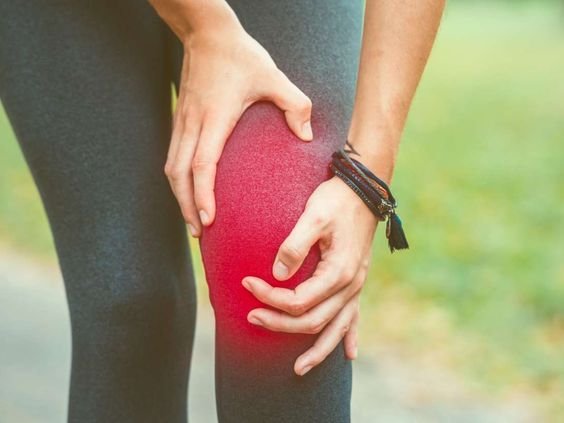
Finding your Center of Gravity. How the Hara effects healing …
In terms of body mechanics and posture, the center of gravity is the point where one’s weight is balanced. Another center of gravity that is always in the same place, that if worked with can create healing – both physically, emotionally and mentally. This is known as the hara and is located in the abdomen. The hara is our absolute center and is in relationship to one’s center of gravity. When the two are aligned we are in absolute stillness. Any deviation from this still-point indicates off-centeredness or motion requiring compensation for balance to me maintained while in motion.
The hara is the storehouse of your bodies energies that can support the balance of all aspects of the body, somatic fluids, including blood, and solid tissues.
When we are completely balanced we are at rest. Relaxation increases the rate at which healing or harmony in the body-mind can be achieved.
There are a number of body-mind practices that one can use to assist in reaching the still-point into your body’s center, or hara. Meditation or movement practices such as tai chi and qi gong can unblock trapped energy in the body that may be causing pain.
Mindfully returning to the hara in a stressful situations calms the nervous system. Bringing your attention to your center allows you to become present. Your body’s intuition (a gut feeling) can now guide you to make decisions that heals the body and mind.
Tapping into this center of intuitive, natural wisdom before moving your body, mind or emotional state into a state that can potentially put stress on the body, ask your hara: “Am I stretching myself beyond my physical capabilities?”, “Is what I am thinking or feeling hurtful, harmful, or helpful?” Allow your hara’s innate intelligence to guide your response. The result will be balanced, easeful and natural. Through practice your holistic health will become free from pain and suffering.
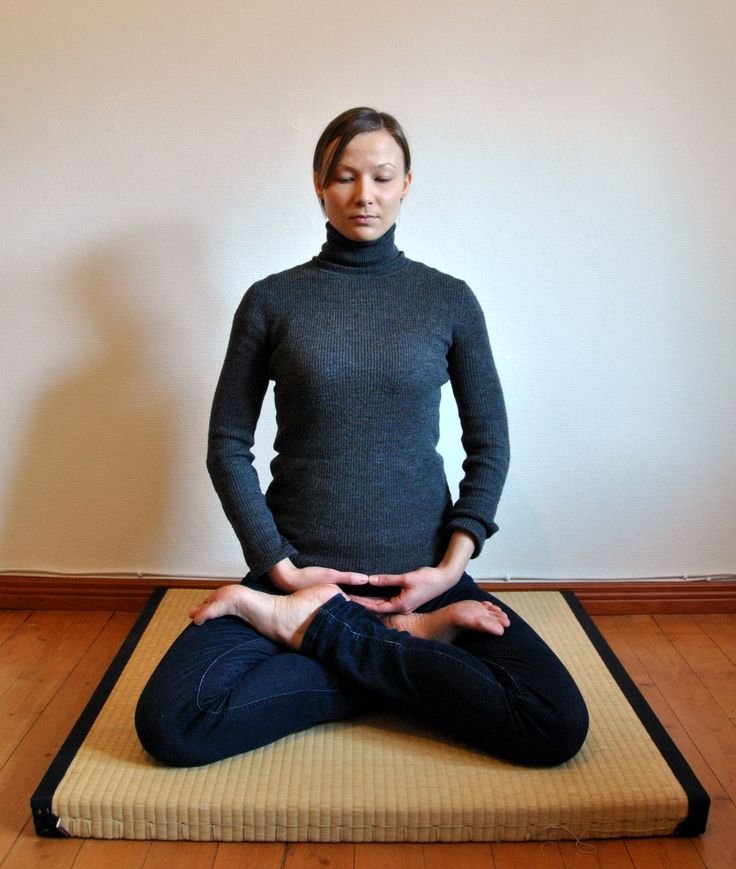
References:
Asher. A. (2023, April 2023). Complexity of Finding the Human Center of Gravity. Verywellhealth. https://www.verywellhealth.com/human-center-of-gravity-296568
Enz, G. 2011. Energy Medicine East and West. Sciencedirect https://www.sciencedirect.com/topics/pharmacology-toxicology-and-pharmaceutical- science/dantian#:~:text=In%20all%20systems%20of%20taiji,drives%20it%20throughout%20the%20body.
Physiopedia. Injury Prevention and Body Mechanics. https://www.physio- pedia.com/Injury_Prevention_and_Body_Mechanics#:~:text=Sport%20Journal%20%E2%80%A2- ,Introduction,the%20cause%20of%20back%20problems.
Quinn, D. (2020, December 28). What Are Dantian? The Energy Centers of Chinese Medicine. Healthline. https://www.healthline.com/health/dantian
Stanford Health. Posture, Body Mechanics, Alignment, and Moving Safely.https://www.sanfordhealth.org/-/media/org/files/patient-education/exercise-posture.pdf
Swift. A. 2018. Understanding pain and the human body’s response to it. Nursing Times.https://www.nursingtimes.net/clinical-archive/pain-management/understanding-the-effect-of-pain-and-how-the-human-body-responds-26-02-2018/
Daily Open Meditation Sessions
Monday – Friday: 07:00AM – 08:00AM
* Free open meditation space
* Sessions happen live online via Zoom
* Regular supportive space to practice meditation within community
* No training required
* Beginners and advanced meditators welcome
* Basic temple *protocols apply
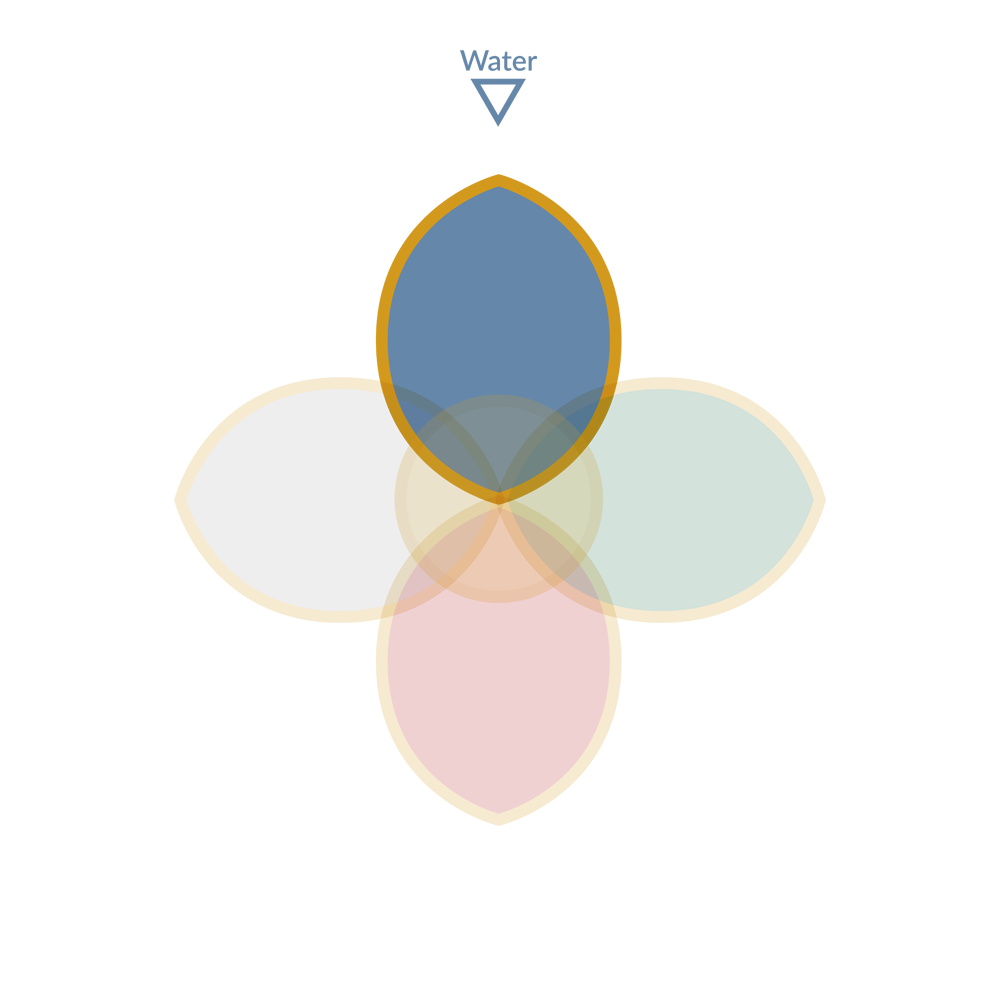
Zazen | Elemental Meditation Training
*Monthly Online Training
19:00PM – 21:00PM
Tuesdays 7-9pm (SAST)
Zen Meditation (Zazen) is the ultimate sustainability and resiliency practice. To meditate is completely natural. It is through meditation that we begin to train our mind to become less erratic and more focused. During the unfolding stages you will become increasingly flexible, determined, and clear in body and mind. Zazen (similar in nature to Vipassana) is the meditation practice taught by Shakyamuni Buddha. 'Zen' is the Japanese word for meditation. Zen Buddhism focusses on the practice of meditation to alleviate pain and suffering and is the most direct route to enlightenment. Together we learn how to practice zen on the cushion and off the cushion (in every aspect of our daily lives).
Elemental Meditation applies similar Zen Meditation techniques except where you work with the breath in Zazen - in Elemental Meditation you learn how to meditate with one of the 5 Gateway Elements (Fire, Water, Earth, Nature, Stone).
Our instructors and teachings offer you personalized guidance on a step-by-step evolutionary path to self-discovery and inner harmony. Whether you are a beginner or an experienced practitioner, engage this easily accessible opportunity and awaken to your True Nature and find joy and solace in the serene landscapes of your physical, mental, emotional and spiritual body.
Beginners and advanced practitioners welcome.
Meditation training is by DANA subscription.
Why Join?
I want to deepen my practice through expert guidance
I want to build consistency through daily live meditations
I want to cultivate harmony between mind, body, and spirit
I want to connect with a supportive meditation community
Zazen | Elemental Meditation
R300 per month (Africans)
€45 (R900) per month (Internationals)
Live Monthly Online Meditation Training (2-hour session)
Live Meditation Sessions within community (Monday–Friday | 7-8am SAST)
Private Guidance by Ekan Nangaku (Wednesday mornings)
Compassionate WATER Module
Way of Balance
2026

Learn harmonising techniques - how to sense and relate to others. Access your emotional intelligence. Navigate the complexities of human and non-human relationships. Acquire the skills of meditation; compassion; resonance; resolving dilemma; and shadow work.
